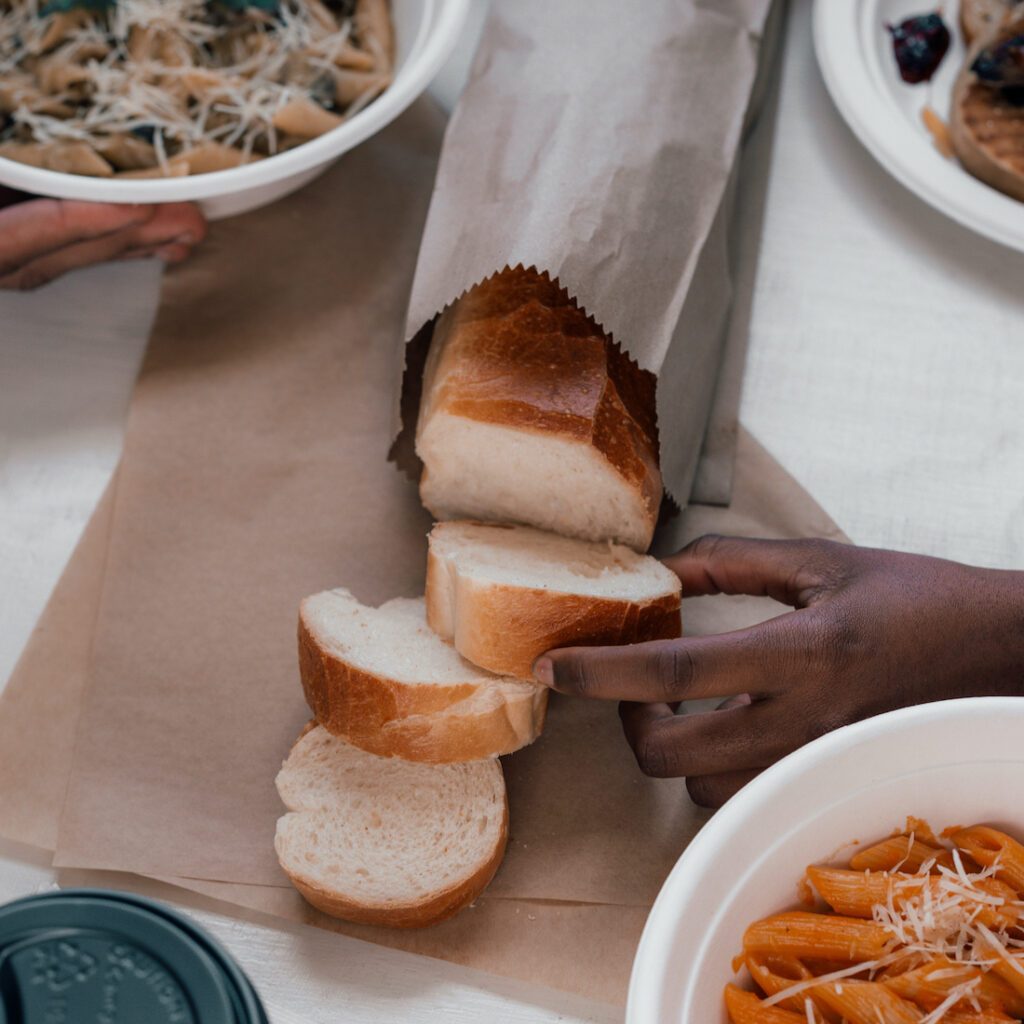Still in the Bag, After all These Years
The humble brown paper bag has been ably transporting goods and packed lunches since the 1850s. In the early days, paper bags were innovative and revolutionary – a breakthrough that had competing inventors jostling to create the machines capable of manufacturing them.
Almost two centuries later, brown paper bags have stood the test of time. We seldom stop to consider their unassumingly innovative, practical presence. But, this familiar object – a brilliantly simple design shaped from a simple, natural material – has come to fill an indispensable role in our modern lives.
The first brown paper bags were the basic flat shape that is still widely produced today. Our Flat Bags are modern day descendants of this original ancestor – ideal for pastries and innumerable other products that aren’t too big or too bulky.

The Next Level: a Flat Bottom
The flat bag does, however, have its limitations. Which is why pioneering inventor, Margaret Knight, was inspired to develop a machine that could produce flat-bottomed bags. This innovation greatly extended the capabilities of paper bags, enabling them to stack and carry bigger, and heavier, loads.
Flat-bottomed paper bags remain ubiquitous today. We stock a varied selection suitable for just about anything you could want a brown paper bag to do.
For her efforts, Knight is believed to be the first woman to achieve a US patent. But she was forced to fight for it. The villain of early paper bag history is Charles Annan, the man who attempted to steal Knight’s machine design. Despite being poor, Knight used her limited funds to hire a patent lawyer and fight back. Annan’s case rested on his argument that a woman could not have developed the machine. But Knight produced evidence demonstrating her skill and process (the machine took six months to develop) and the courts ruled in her favour. While unable to profit much from her work due to limited women’s rights in the 1800s, Knight was a prolific inventor and achieved at least 27 patents during her life.

Paper or Plastic?
Brown paper bags saw little competition until the arrival of a new bag in the 1960s – the plastic grocery bag. These had a slow start, but by the early 1980s cheap plastic bags began to quickly flood the market. They were lightweight, resistant to moisture and bacteria and strong – ideal for packaging and carrying.
Just a few decades later, however, the enormous downside to the new functionality of plastic bags came into sharp view. Their light weight was allowing wind and water to carry them to all corners of our planet. And their durability was resulting in them accumulating and enduring wherever they went – choking natural ecosystems and wildlife.
Paper bags are a bit heavier than their plastic counterparts, and have the drawback of needing more power to transport. But their end-of-life prospects are far better aligned with the natural world. Paper bags can be easily and widely recycled, and are very easy to compost when no longer recyclable. And if they accidentally end up in nature and waterways, they can break down easily there too, posing little threat to wildlife.
After 170 years of paper bags, there is no paper bag crisis. In less than a quarter of that time, plastic bags (together with other plastic items) have created an enormous plastic pollution crisis that is deadly to millions of animals every year.

Use it Again, and Again, and Again…
The ease with which paper bags break down means they’re less durable than plastic. While this is a huge plus for nature, it does give them functional limitations. They can withstand some moisture, but last longer if kept dry and need to be looked after in order to get the longest use out of them.
As with all products, the more times they are re-used, the lighter their footprint. It is best to re-use paper bags as many times as we can, before recycling or composting them.
It is often pointed out that plastic bags use less energy to produce and are lighter to transport than paper bags. But we think the huge negative after-use impacts of plastic simply isn’t worth the risk. Paper bags that are looked after and re-used a few times will balance out impacts from their heavier weight, without harm to wildlife.
And crucially, paper bags are easily biodegradable and renewable. They’re made from wood fibre which slots into the circular material flows of nature. It seems likely that being made from a natural, plant-based raw material is key to the design integrity, popularity and longevity of the humble brown paper bag.
